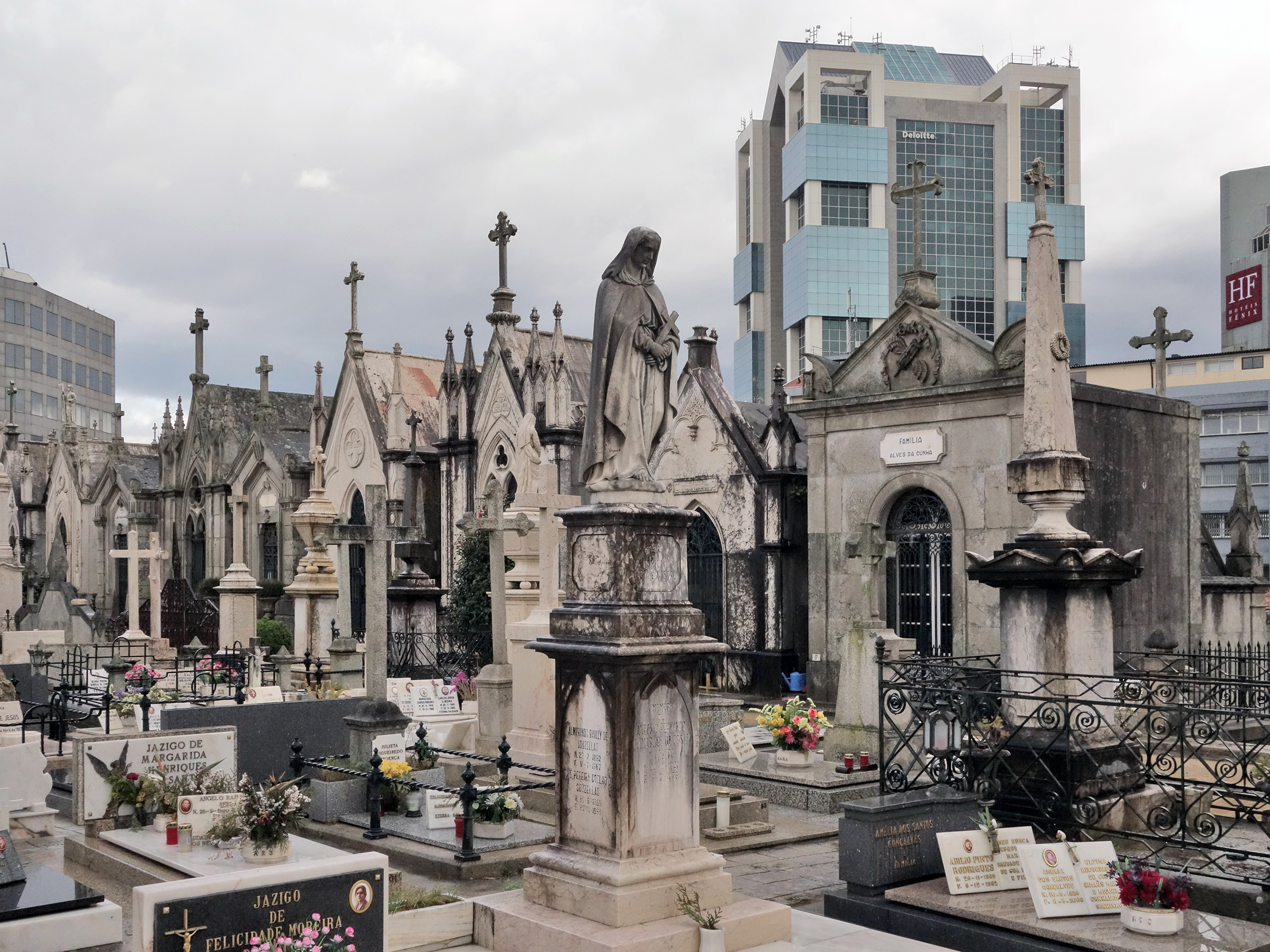The dry sand acted as a natural preservative, often mummifying the body. Sometimes more than one person or animal were buried together in a mass grave. Later on, wicker baskets or terracotta pots were made to house the dead, using the locally sourced materials. When the wealthy demanded more permanent and formal structures, wood, stone and plaster coffins were developed for them. The forms changed from pod like structures to longer and narrower containers, shaped to accommodate the deceased lying flat on its back.

Woven
Woven, basket-like coffins were affordable and readily available for those with less money. Natural fibers were gathered from the wild – these would include reeds, papyrus, twigs and palms. The oval shaped coffin was made in three parts and then woven together. The sides were made by coiling a bundle of papyrus stems and tying the rows together using twigs. These woven coffins were readily available and proved a popular option.
Stone
Stone coffins, Sarcophagi were carved from alabaster from 2650 BC. They were designed to stay above ground and formed the outer layer of protection for a mummy tomb which housed up to four coffins internally. The structure was elaborately carved with motifs depicting palaces, Sanskrit, false doors and windows.
Cartonage
The anthropoid coffin was used from 1950 BC to resemble the human form. The mummy cases were formed starting with a core of mud and straw, then layers of linen or papyrus sheets and glue were laid on top, covering the whole shape, and resembled papier-mâché́. Once dried, an incision was made through the glued sheets, into the back of the mummy and the mud core removed. The body was then inserted and a layer of plaster was applied to seal it in. The case was then painted with a false door so the deceased could access their offering site and a pair of eyes were also painted on, so the deceased could watch over it. The detail in the painted decorations reflected the deceased’s status, and a central band featured symbols of rebirth, gods and goddesses.
Wood
Wood was not readily available in ancient Egypt so it had to be imported at great expense from the Lebanon by boat, and was only for the wealthy. The highest quality coffins were made of cedar, while others were made of sycamore or acacia wood. Using metal tools, the wood was cut into planks and sanded with sandstone. Sophisticated techniques such as doweling and dovetailing were applied, before it was glued together using a paste made from reduced animal skin, bone and cartilage. It was then finished with a coating of lime plaster, painted and varnished with bees wax.
Clay
Clay was readily available, and many people chose to be buried in a terracotta pot which was spun on a potter’s wheel. Later, the shape was changed to that of a typical mummy, and decorated with paint.

Gold
Gold was precious, and gold coffins were only made for the Pharaohs. When they discovered Tutankhamun’s coffin 1929 they found two gilded, wooden, mummy shaped coffins inside a solid gold coffin worth two million dollars, weighing 234lbs.
Double Coffins
If two members of the same family died together then a double coffin was made. The interior typically depicted two images of the sky goddess Nut, who was thought to protect the deceased. The coffin was then placed inside another mummy shaped vessel, whose inside base had been painted with a portrait of the deceased’s face and wig. A scarab beetle with outstretched wings, hovered over the mummy. Finally, the mummy and coffins were placed in a rectangular wooden coffin, made for two. Those who could afford it had theirs made from alabaster or limestone, instead of wood.
The ancient Egyptians believed that a coffin was the most important item to be purchased as it’s purpose was to protect and preserve the body so that it could enter the next world.





